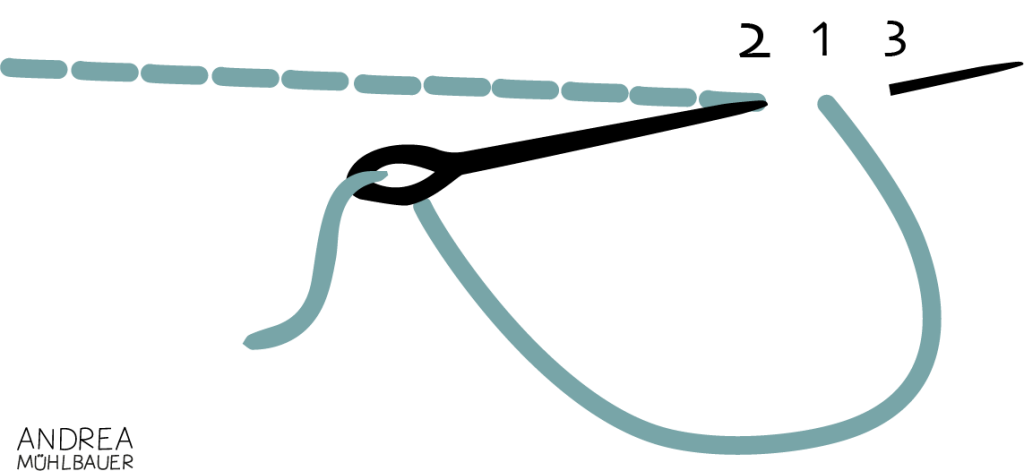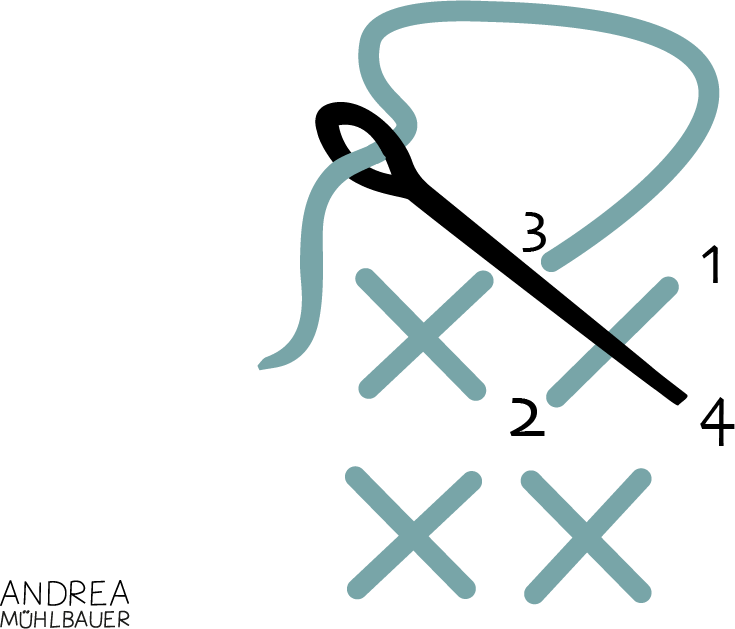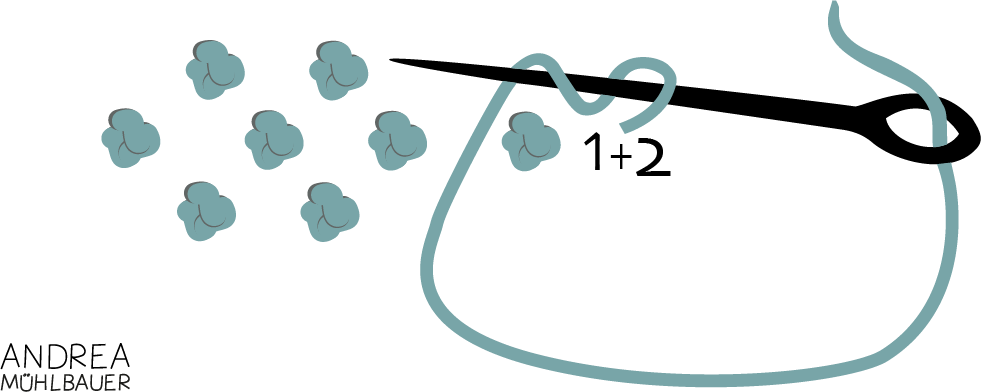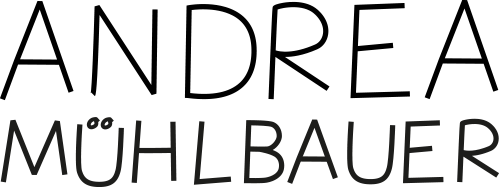These simple basic stitches are suitable for many embroidery projects. Whether it’s embroidered lines on a T-shirt or filled-in designs, you can’t go far wrong with the embroidery stitches listed here.
The Running Stitch
The running stitch is the simplest of all embroidery stitches. It is also used for basting in dressmaking. It can be done evenly to trace lines or stitched in creatively irregular lengths. A few staggered lines next to each other will give an area fill if the fabric is still allowed to show through.

The Backstitch
The stitch is called backstitch because it is stitched back instead of just in front like the front stitch. The backstitch is best for tracing contours.

The Stem Stitch
The stem stitch looks like a cord. It is also suitable for lines, stems of flowers, but also to fill areas with it when a coarser surface texture is required, such as tree bark.

The Satin Stitch
The satin stitch is intended for filling the area. Small flowers and leaves can be embroidered very well with the satin stitch. However, the area should be not too large, because otherwise the threads can stick out and on clothes, for example, there is a risk of getting caught and tearing the embroidery.

The Cross Stitch
Cross stitch can be used on countable embroidery fabric or on normal woven fabric. With countable embroidery, the same number of warp and weft threads are counted and one cross stitched next to the other. On normal woven fabric, it can also be used freely and also in different sizes to decoratively fill an area.

The French Knots
French knots are super decorative, for example, for the body of sheep or the pistils of flowers. It can be tightly wound or loosely wound so that it actually resembles the wool of sheep. The only important thing is that the thread is wound over the needle as shown in the picture, otherwise you can not tighten the knot. The number of wraps is arbitrary. The more, but I wouldn’t recommend much more than four wraps, the larger the knot will be. It doesn’t have to be stitched right back into the hole either, a little off will work too and prevent the knot from being pulled through to the back if the fabric is a little looser woven.

Have fun trying it out and if you’re looking for pre-printed templates, check out my embroidery templates page.
And if you’d rather embroider your own fabrics, t-shirts, pillows, pants, bags and dresses, stay tuned, I will soon offer e-books with templates to trace and lots of stitches to try.
